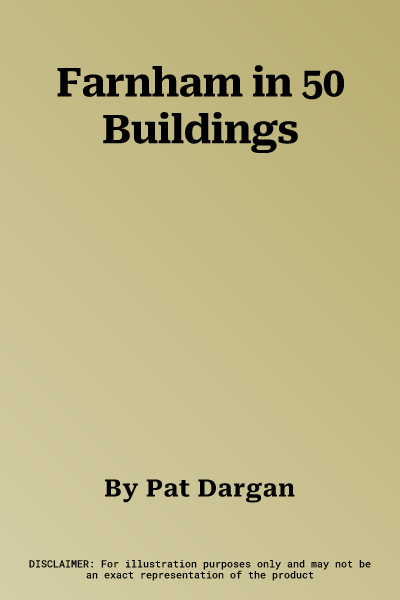The town of Farnham in Surrey lies south west of London, on the River
Wey. The original settlement dates from the Saxon period although little
survives of it today. Following the Norman invasion the Bishop of
Winchester built an earthen motte-and-bailey fort overlooking the Saxon
settlement. It was redeveloped as stone castle in the twelfth century, a
substantial part of which still stands. The same period saw the
construction of St Andrew's Parish Church. The layout of the town was
given a T-shaped plan that was enclosed by a town ditch that partially
survives. During the seventeenth and eighteenth century the town
prospered and an extensive range of Georgian street-scapes and buildings
were laid within the boundaries, including Castle Street, West Street,
the Bough, and Downing Street, with most of the Georgian fabric
surviving. Each of these streets has outstanding Georgian housing and
public buildings including the Museum in Downing Street, and town house
developments in West Street and Castle Street. During the nineteenth and
twentieth-century period, the town experienced considerable expansion
with Victorian and Arts and Crafts building and thrives today, with new
buildings integrated into the townscape and many of its old industrial
buildings turned to cultural, commercial or community uses. Farnham in
50 Buildings explores the history of this town in Surrey through a
selection of its most interesting buildings and structures, showing the
changes that have taken place over the years. The book will appeal to
all those who live in Farnham or who have an interest in the area.

